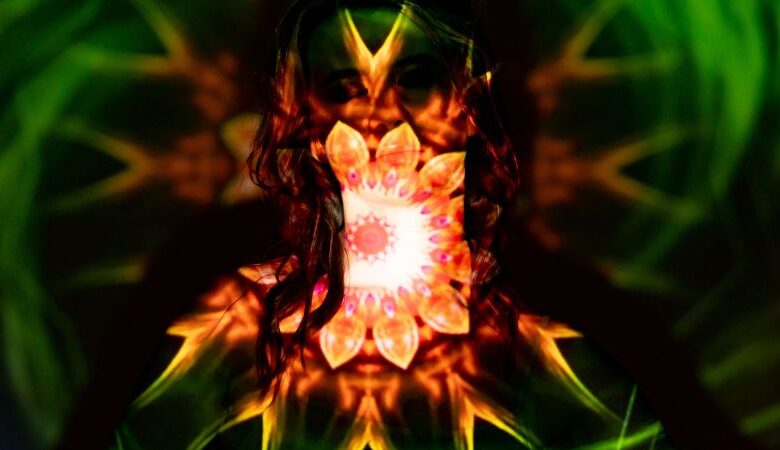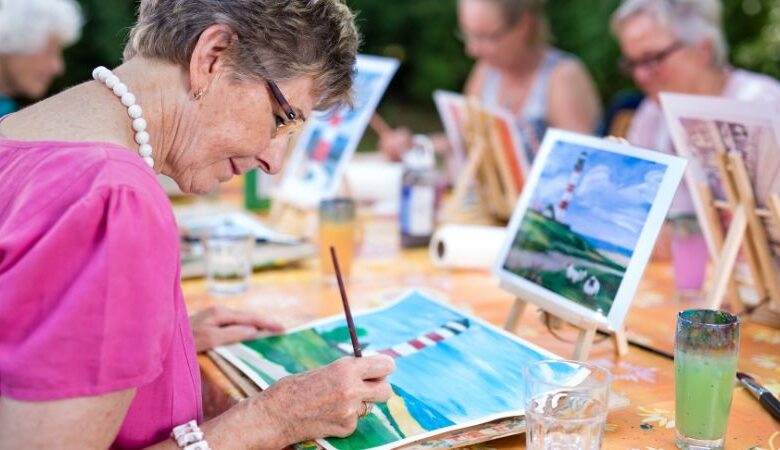Gaming Addiction: Understanding and Addressing the Emerging Concern
Step into the world of gaming, where virtual universes come to life and exhilarating adventures await at every turn. For many, gaming is a beloved hobby a way to unwind, connect with others, and immerse themselves in exciting narratives. But as technology advances and access to games becomes easier than ever before, a new concern has emerged: gaming addiction. This captivating blog post will delve into the depths of this emerging issue, shedding light on what gaming addiction truly entails and exploring ways to address it. So grab your controller or keyboard and join us on this journey through the world of gaming addiction an increasingly prevalent concern that we must understand and tackle head-on! What is gaming addiction? What exactly is gaming addiction? It goes beyond simply enjoying video games and crosses into a realm where gaming takes precedence over other aspects of life. Gaming addiction, also known as Internet Gaming Disorder (IGD), is a condition characterized by an excessive and compulsive need to engage in gaming activities, resulting in negative consequences. Unlike healthy gaming, where individuals play for enjoyment and leisure without it interfering with their daily lives, gaming addiction consumes one’s thoughts, time, and energy. It becomes all-consuming a constant craving that drives the individual to prioritize gaming above everything else. The allure of virtual worlds can be enticing. The interactive nature of games allows players to escape reality temporarily a chance to step into the shoes of a hero or explore fantastical realms. However, when this escapism spirals out of control and starts affecting personal relationships, work or school performance, physical health, and mental well-being it may be an indication of gaming addiction. People with gaming addiction often experience withdrawal-like symptoms when unable to play: irritability, restlessness, difficulty concentrating—their minds constantly yearning for the next game session. They may neglect responsibilities such as household chores or social commitments in favor of extended hours glued to the screen. Gaming addiction can have profound effects on various aspects of life mental health being at the forefront. Individuals struggling with this issue may suffer from anxiety or depression due to their inability to control their impulses despite being aware of the negative consequences associated with excessive gameplay. It’s important not only to recognize signs but also understand that behind every case lies unique circumstances—personalities differ along with underlying factors contributing towards addictive behavior patterns. By shedding light on what defines this phenomenon precisely—gaming addiction—we can equip ourselves better for addressing it effectively head-on! The difference between gaming addiction and healthy gaming The world of gaming has become a popular pastime for many, from casual players to hardcore enthusiasts. But while gaming can be an enjoyable and immersive experience, it’s important to understand the difference between healthy gaming and gaming addiction. Healthy gaming involves playing games in moderation, as a form of entertainment or relaxation. It allows individuals to engage with virtual worlds, challenge their skills, and connect with others online. Healthy gamers are able to balance their game time with other responsibilities and activities in their lives. On the other hand, gaming addiction is characterized by excessive and compulsive gameplay that begins to interfere with daily functioning. Individuals who are addicted may prioritize gaming over school or work obligations, neglect personal hygiene or relationships, and experience withdrawal symptoms when not playing. One key distinction between healthy gaming and addiction lies in the impact on overall well-being. While healthy gamers may feel enjoyment and satisfaction from playing games, addicts often experience negative consequences such as increased stress levels, decreased academic or job performance, social isolation, sleep disturbances, or even physical health issues. It’s also important to note that not all gamers who spend a significant amount of time playing are necessarily addicted. Many professional esports players dedicate long hours honing their skills but do so within a structured framework that supports their career goals. If you suspect that you or someone you know may be struggling with gaming addiction rather than simply enjoying the activity as a hobby,it’s crucial to seek help from mental health professionals who specialize in treating addiction disorders. They will be able to provide guidance tailored specifically for your situation,and support your journey towards finding healthier ways of engaging with video games. The signs and symptoms of gaming addiction The signs and symptoms of gaming addiction can often be subtle or overlooked, but it is important to recognize them in order to address the issue effectively. One common sign is an increasing preoccupation with gaming, where individuals think about gaming constantly and prioritize it over other responsibilities or activities. Another symptom is a loss of interest in previous hobbies or social interactions. Gaming addicts may withdraw from friends and family in order to spend more time playing games. They may also experience mood swings, becoming irritable or anxious when unable to play. Physical symptoms can also manifest, such as fatigue, headaches, and poor personal hygiene due to neglecting basic self-care while engrossed in gaming sessions. Additionally, declining academic or work performance can indicate a problem with excessive gaming. Financial issues may arise as well if individuals are spending significant amounts of money on games or related equipment. This could lead to debt or strained relationships with loved ones who are affected by the financial consequences. If you notice these signs and symptoms in yourself or someone you know, it may be time to seek help and address the emerging concern of gaming addiction before it worsens. The risks associated with gaming addiction The risks associated with gaming addiction are significant and can have a profound impact on individuals’ physical, mental, and social well-being. Excessive gaming can lead to a sedentary lifestyle, which increases the risk of obesity, cardiovascular disease, and other health issues. Spending long hours in front of a screen also puts strain on the eyes and may contribute to vision problems. Mental health is another area that is greatly affected by gaming addiction. Research has shown that excessive gaming can lead to increased










